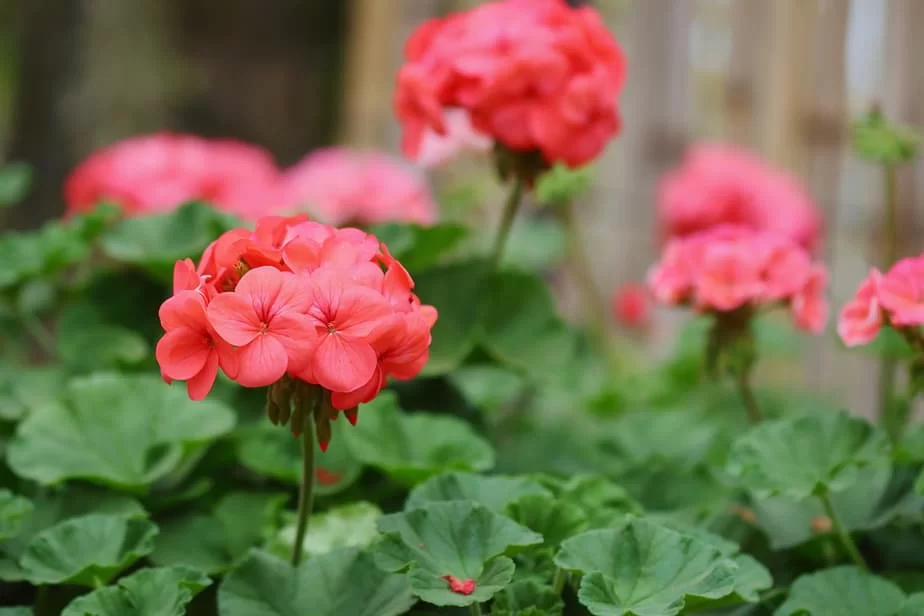Utah’s unique and captivating landscape is home to a remarkable ecological phenomenon: the blossoming of life in a desert setting. This natural wonder, often referred to as the Blossoms in the Desert, is a testament to the resilience and adaptability of plant life in the face of harsh environmental conditions. The state’s diverse planting zones showcase a stunning array of plant species that have not only survived but thrived in this arid environment. Utah’s planting zones span a range of climatic conditions, from the high-elevation mountain forests to the red rock canyons of the desert. The state’s geography plays a pivotal role in creating such varied microclimates. Elevated plateaus, deep valleys, and rugged mountains interact with prevailing weather patterns to create pockets of habitat that can support a wide array of plant life. In the arid expanses of the desert, where water is scarce and temperatures can be extreme, plants have evolved ingenious strategies for survival.
 Succulents, such as the iconic Saguaro cactus and various species of agave, thrive in these conditions by storing water in their fleshy tissues. Their unique ability to conserve water allows them to endure long periods of drought. Another striking adaptation is seen in the form of the creosote bush, a dominant plant in many desert ecosystems. Its leaves are coated with a waxy resin that not only minimizes water loss through evaporation but also discourages herbivores from feeding on them. The resilience of such plants to extreme heat and lack of water demonstrates the incredible ways in which nature has found solutions to the challenges of the desert environment. Moving to higher elevations, Utah’s mountainous planting zones showcase an entirely different array of flora. These trees are adapted to cold temperatures and have needle-like leaves that reduce water loss. Additionally, their conical shape allows snow to slide off, preventing heavy snow accumulation from breaking their branches. As one ascends the altitude gradient, the changing vegetation reflects the changing climate.
Succulents, such as the iconic Saguaro cactus and various species of agave, thrive in these conditions by storing water in their fleshy tissues. Their unique ability to conserve water allows them to endure long periods of drought. Another striking adaptation is seen in the form of the creosote bush, a dominant plant in many desert ecosystems. Its leaves are coated with a waxy resin that not only minimizes water loss through evaporation but also discourages herbivores from feeding on them. The resilience of such plants to extreme heat and lack of water demonstrates the incredible ways in which nature has found solutions to the challenges of the desert environment. Moving to higher elevations, Utah’s mountainous planting zones showcase an entirely different array of flora. These trees are adapted to cold temperatures and have needle-like leaves that reduce water loss. Additionally, their conical shape allows snow to slide off, preventing heavy snow accumulation from breaking their branches. As one ascends the altitude gradient, the changing vegetation reflects the changing climate.
Here, vibrant wildflowers like lupines, Indian paintbrush, and alpine sunflowers bloom in the brief summer months, creating a colorful contrast against the snow-covered peaks. Utah’s planting zones are a testament to the intricate dance between nature and the environment. The rich biodiversity found across the state highlights the adaptability of plant life to different conditions. It is a reminder that even in the most challenging environments, life can find a way to flourish. However, these delicate ecosystems are not immune to the impact of human activities. As planting zones utah continues to grow and urban areas expand, the delicate balance between nature and development must be carefully maintained. Conservation efforts, such as protected wilderness areas and sustainable land management practices, are crucial to ensuring that the Blossoms in the Desert continue to thrive for generations to come. As we navigate the challenges of a changing planet, let us remember the lessons that these blossoms in the desert teach us about harmony, adaptation, and the delicate balance of life.
